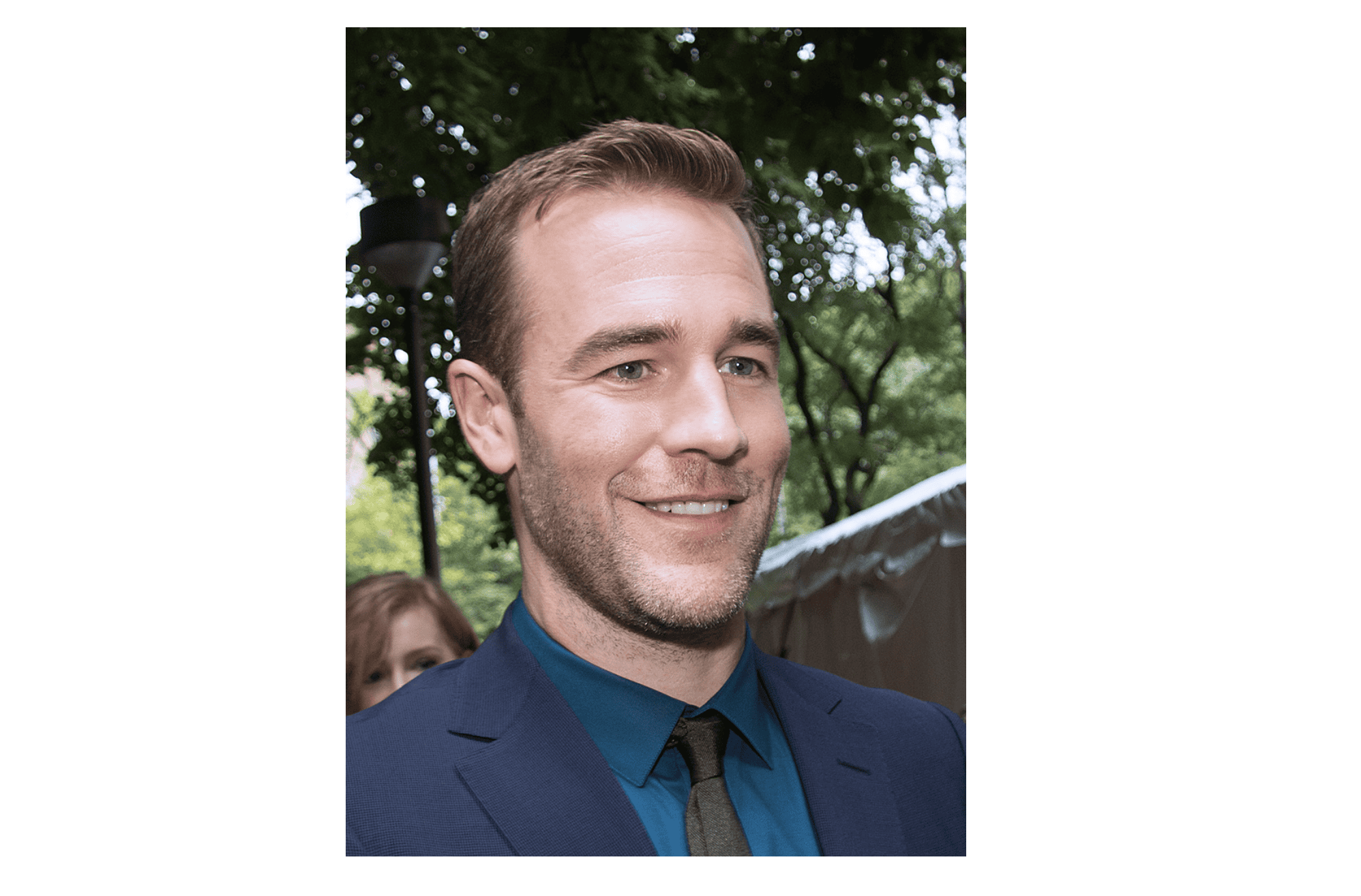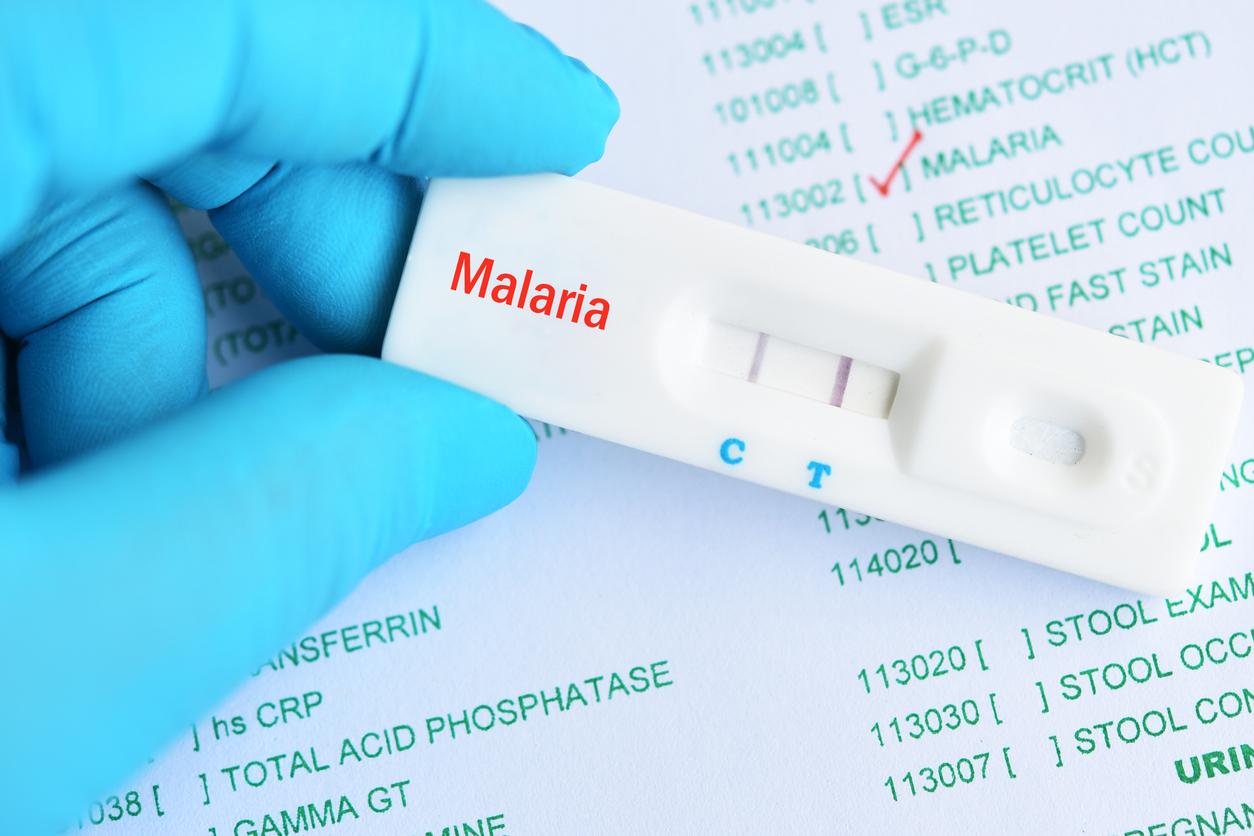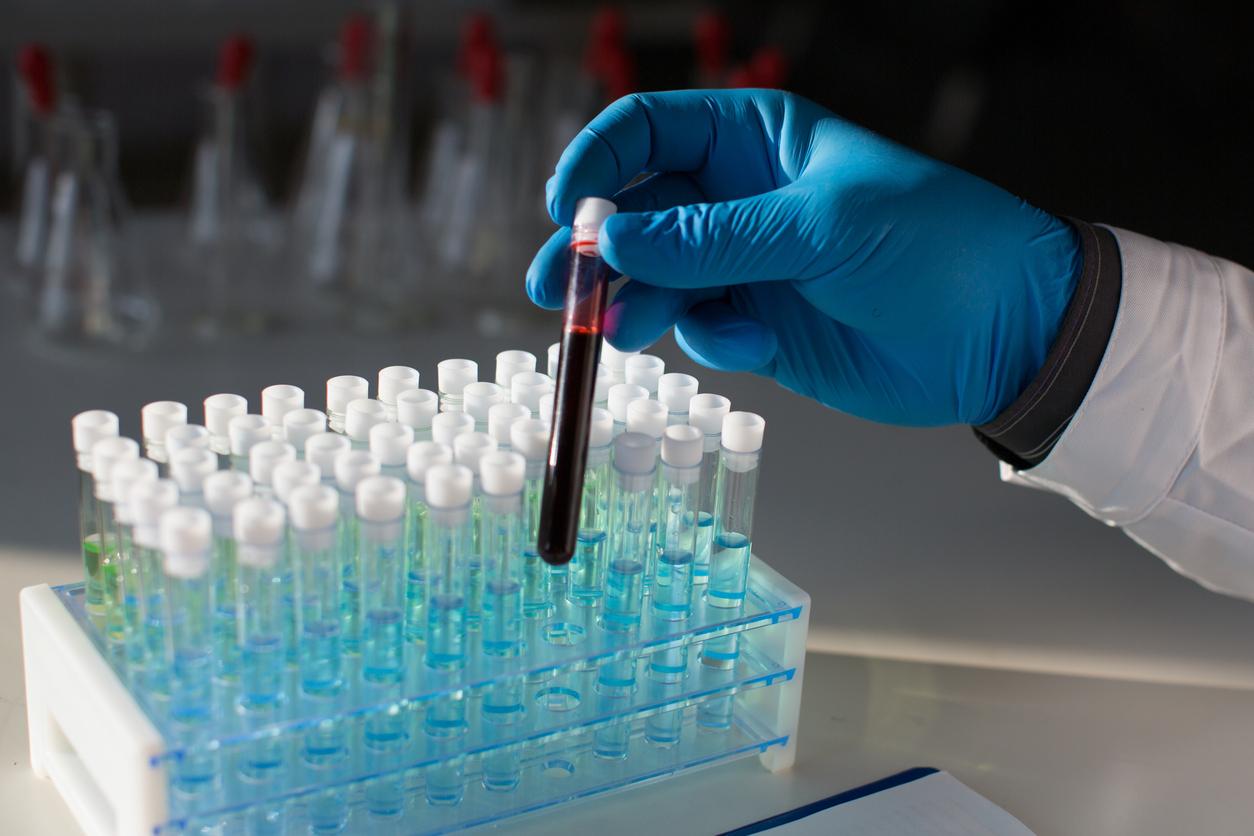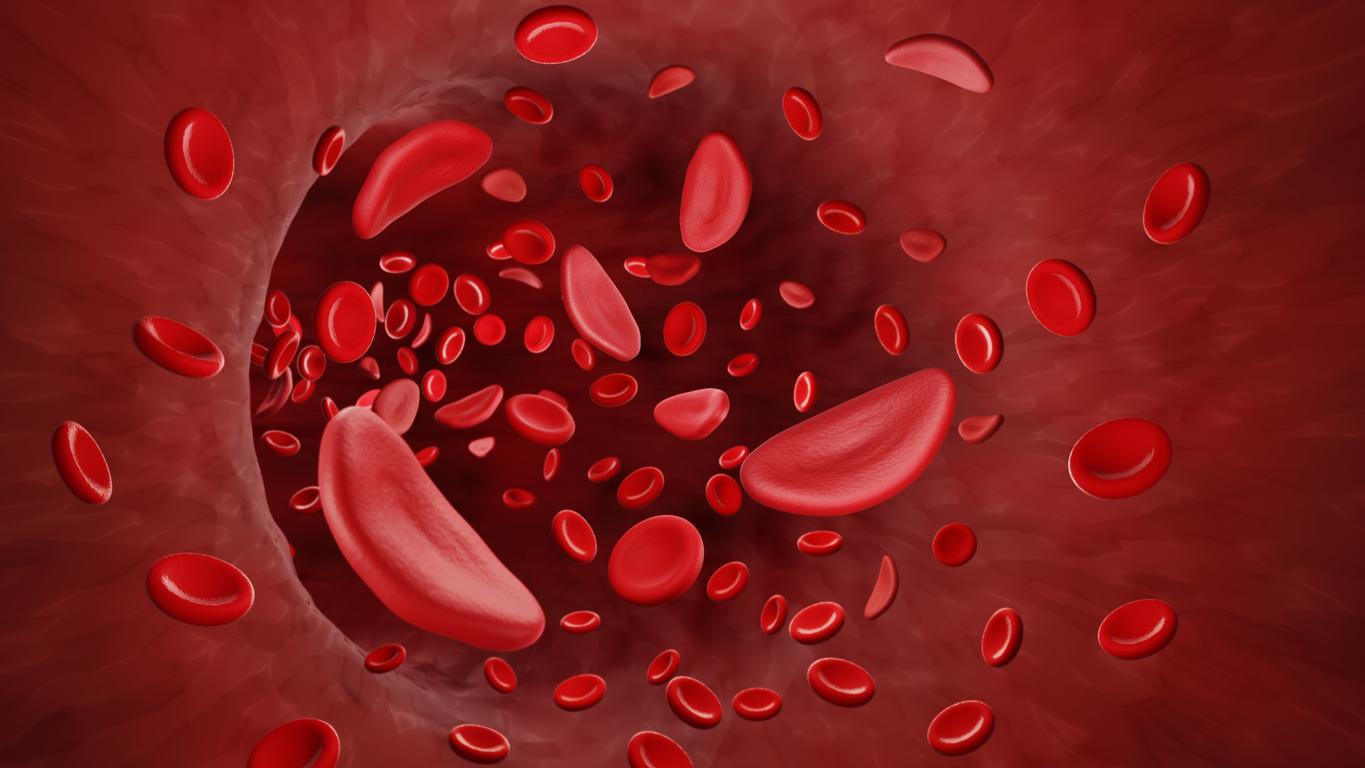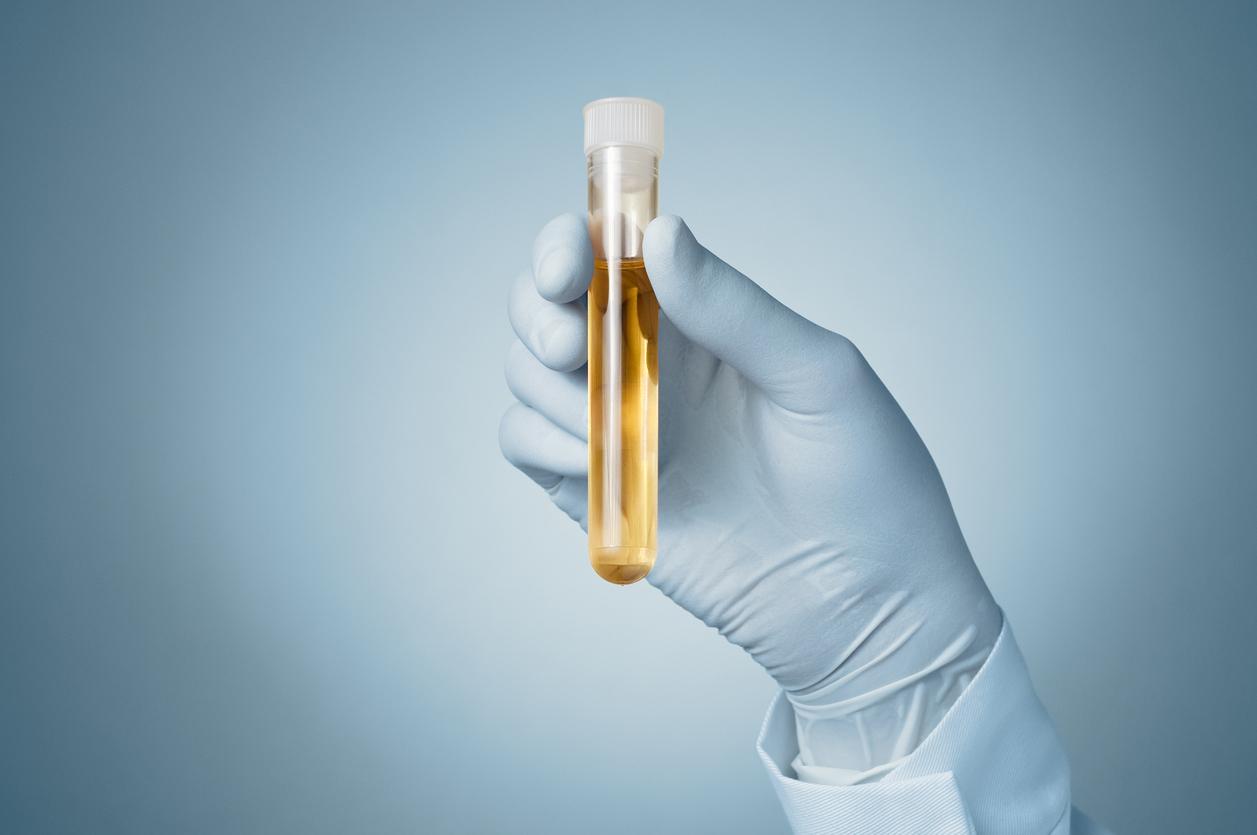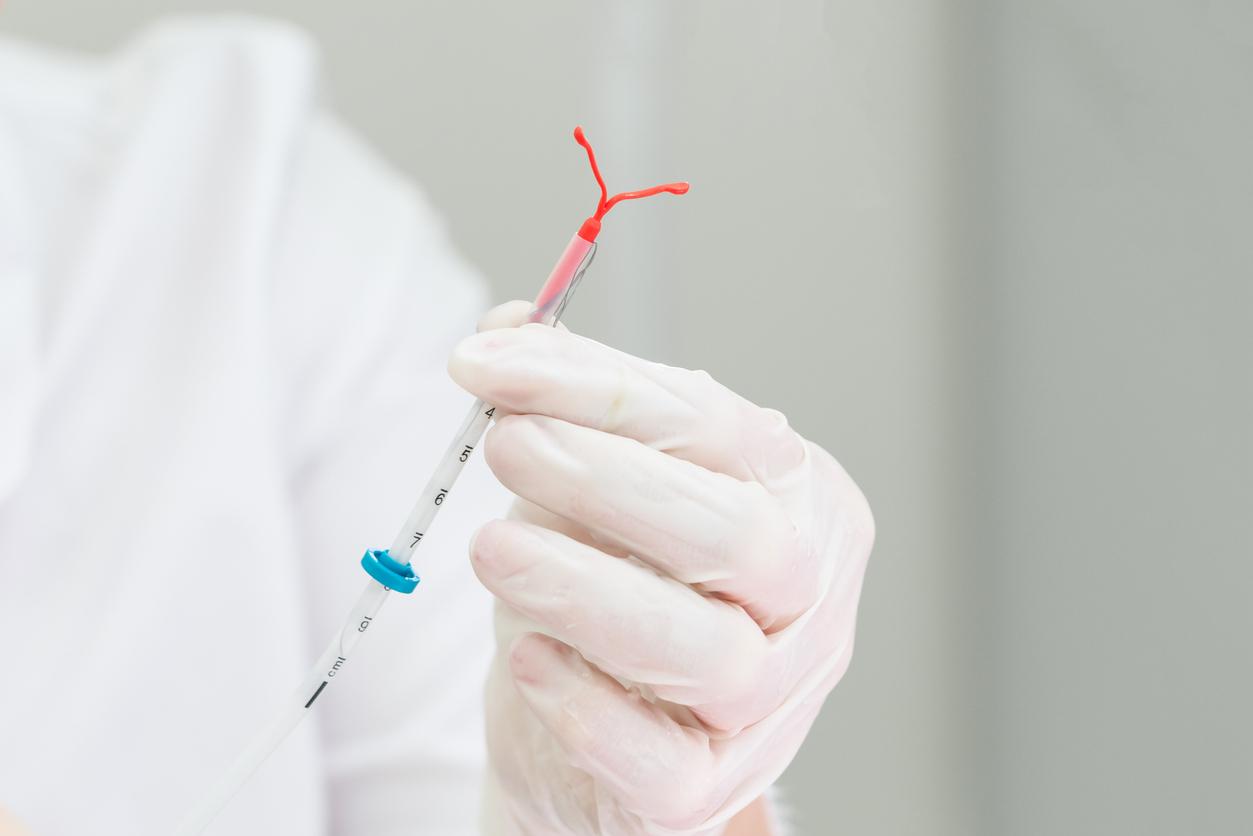The League against cancer wants to put an end to “pinkwashing” during Pink October. Thanks to a charter, she wants to refocus the debate on breast cancer screening.

- Breast cancer is the most common tumor in women.
- Each year, 54,000 new cases are diagnosed and 11,000 deaths are recorded.
- If caught at an early stage, breast cancer can be cured in 9 out of 10 cases.
- In total, 10 million women aged 50 to 74 are targeted by organized screening.
- Only 50.7% of French women perform a screening mammogram as part of this program.
The drift was predictable. Promotion on make-up, beet burger and other pink buildings… Any apology is good for wearing the Pink October ribbon. This Awareness Month is meant to draw attention to the key role of breast cancer screening.
But above all, the event becomes a commercial pretext. A few days from the 1er October, the League against cancer bangs its fist on the table and denounces the “pinkwashing” of the movement. In a press release, the association evokes “a mobilization often diverted from its purpose, a pretext for opportunistic, disorderly or even mercantile communications. “
Improve information
For several years activists and citizens denounce the drift of Pink October for commercial purposes. Whether in France or to United States, brands have too often used the pink ribbon as a marketing argument. The League against cancer is therefore proposing, for the 2017 edition of the event, the adoption of a charter of good practices.
“As spokespersons for sick people and their loved ones, we must take concrete action to refocus the message, and enable all women, regardless of their income, their social origin, their religion, their place of ‘home to have access to information and to be tested ”, estimates Professor Jacqueline Godet, president of the League.
Because fighting against “pinkwashing” also means refocusing the debate on the two objectives of Pink October: widening access to information on breast cancer prevention, but also promoting access to screening methods. . And this second aspect suffered from the excess of marketing, according to the League.

Better use of funds
According to the association, it is partly because of the abuses surrounding Pink October that the participation rate in organized screening is so low. In 2016, only half of the women targeted had a mammogram.
The charter therefore sets three subjects on which to communicate: clinical breast examination every year from 25 to 49 years old then from 74 years old, mammography every two years from 50 to 74 years old, as well as appropriate follow-up for all women at risk.
The signatories also undertake to use the funds raised wisely. To improve support for supportive care, for example, but also to improve reception and guidance as well as access to the most vulnerable populations. Hopefully this will be enough to refocus the debate.
.









